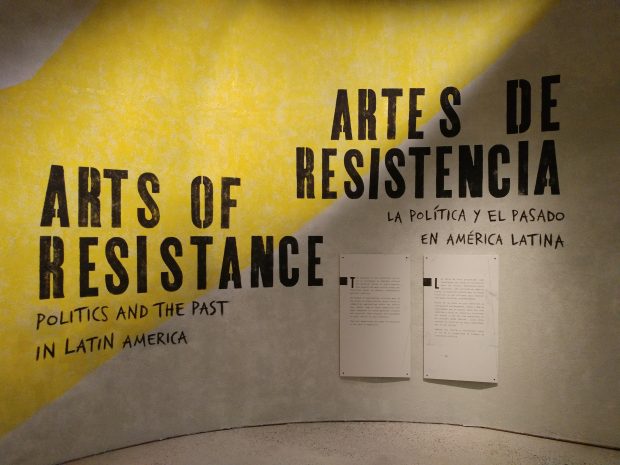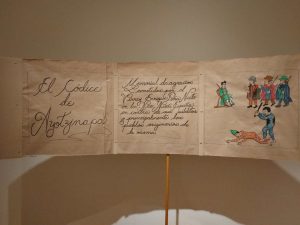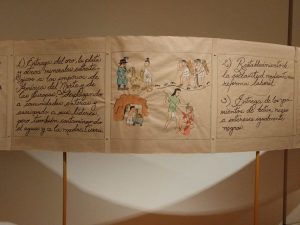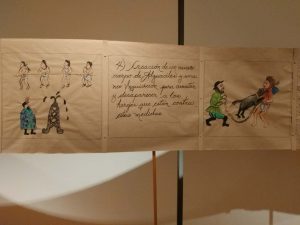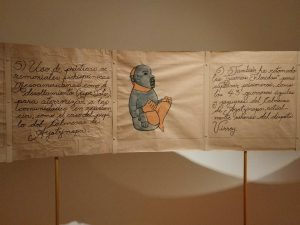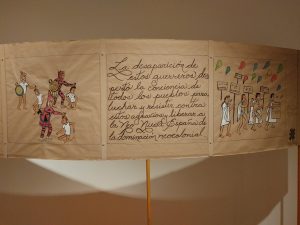Trevor Noah’s comedy special on Netflix called Son of Patricia is an honest recount of the racism he has experienced in the different periods of his life. In addition, Noah tackles the theme of immigration identity and American politics, but he doesn’t do so from a place of anger (Doyle). Instead, Noah tackles the themes of race, immigration identity, and American politics through “discombobulation and puzzlement” (Doyle). This is evident from how the comedy special focuses on the fact that the everyday experiences of people of colour, and the hardship they face is the very same experience that Caucasians pay for. One example Noah gives in the special is a Caucasian friend wanting to go camping to experience what it feels like to not have access to electricity or water; which is something residents of the Michigan city Flint have been facing for a few years now (“Flint Water Crisis Fast Facts.”). Noah claims this phenomenon to be “poverty porn” (Trevor Noah: Son of Patricia).
The comedy special seems like a big irony. This is because one of the overall messages is that people should not be racist, yet the special invites the audience to laugh at the racism that Noah has experienced, or how racism has affected the way he is today. This raises the question of who defines what is acceptable or what is taboo in comedy? How are the audience of a comedy special given permission to laugh?
Noah’s comedy special sparks my interest because it educates people on the fact that racism can be and is implicit many times. It can be presented as micro-aggressions, and that individuals in society need to come to terms with their privilege for there to be significant changes in the way we treat marginalized individuals. This is evident from when Noah describes how his Caucasian friends paid for an “authentic” experience in Bali which was basically to see the poverty that locals in Bali experience daily. This part of the comedy special made me start wondering about how Noah is making people laugh yet educating them about these serious issues in such a friendly and matter of fact manner.
The comedy special builds on the work that we have done in ASTU regarding how trauma is handled or represented in comedy. This is the case because, in Noah’s special, he talks about racism as a concept. The work speaks about the racism that an individual, a collective group of people, and people from a particular nation have experienced. At the same time, it speaks about the racism that an individual, a collective group of people, and a nation exercises on others. Hence, although the discussion of the trauma that people have experienced and exercise on others isn’t explicitly talked about, it is embedded in the comedy special.
In addition, the comedy special invites the audience, and society to ponder on both a local and global scale about what the responsibilities and obligations as citizens are when thinking about and representing others and ourselves. A question that the Coordinated Arts Program Global Citizens stream seeks to answers.
Therefore, the comedy special Trevor Noah: Son of Patricia shall be fitting for future ASTU students to tackle.
Works Cited
Double, Oliver. “Tragedy Plus Time: Transforming Life Experience into Stand-Up Comedy.” New Theatre Quarterly, vol. 33, no. 02, 2017, pp. 143–155., doi:10.1017/s0266464x17000057.
Doyle , John. “Trevor Noah’s Netflix Special Is Uniquely, Fiercely Funny-Logical.” The Globe and Mail, 21 Nov. 2018, www.theglobeandmail.com/arts/television/article-trevor-noahs-netflix-special-is-uniquely-fiercely-funny-logical/.
“Flint Water Crisis Fast Facts.” CNN, Cable News Network, 6 Dec. 2018, www.cnn.com/2016/03/04/us/flint-water-crisis-fast-facts/index.html.
Trevor Noah: Son of Patricia. Directed by David Paul Meyer, performance by Noah Trevor, 2018. Netflix, https://www.netflix.com/watch/80239932?trackId=14170286&tctx=3%2C0%2Cd98a898e-fdbf-4714-96e5-fdea48e99f6d-234734976%2C5149b169-4651-4c86-b185-d59b7e68636e_66587146X3XX1552764806239%2C5149b169-4651-4c86-b185-d59b7e68636e_ROOT.
